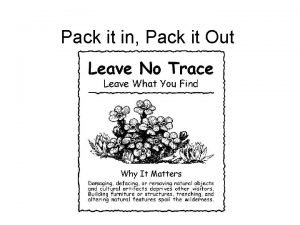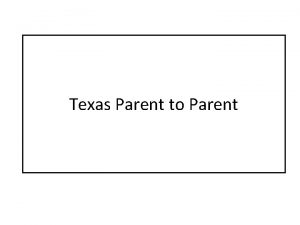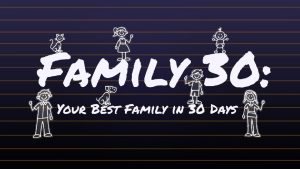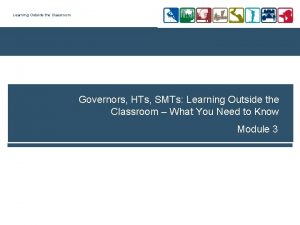Learning Outside the Classroom Parent Pack Learning Outside








- Slides: 8

Learning Outside the Classroom: Parent Pack ‘Learning Outside the Classroom (LOt. C) is the use of places other than the classroom for teaching and learning. It is about getting children and young people out and about, providing them with challenging, exciting and different experiences to help them learn’. - Council for Learning Outside the Classroom

Six great woodland activities for your children Outdoor Spaces • Bushy Park • Richmond Park • Crane Park • Syon Park • The Woodlands Park

Build a Den If they need a little help: • Find a tree with branches that make a V shape near the ground • Collect some long, straight sticks and prop these into the V, fanning them out to make the sides of the den, or • You can make a free-standing tepee shape by tying the sticks together at the top with string (take the string with you when you leave) • Find some thinner, bendy twigs and weave them in and out of the uprights • Camouflage your den by covering it with ferns, leaves and moss Variations: Den building takes team work and creativity. Use anything you can find on the woodland floor – fallen branches, sticks, ferns, stones and moss. Some strong string, such as garden twine, is handy too. q Little ones could try building a mini den for their favourite toy, or for the fairies. q Older kids could get creative and make a ‘garden’ with a fence of sticks stuck into the ground, plant some twigs or pine cones, and lay out small stones to spell the name of their new woodland home.

Climb a tree. . Kids love to climb! It’s great exercise and gives them a huge sense of achievement. Just show them how to find a suitable tree – it should be green and healthy with lots of sturdy branches not too high up. Reminder: Set a safe height limit if you think they might get too adventurous.

Make an obstacle course Find a log to balance along; set out some stepping stones across a stream or puddle, put up some hurdles to jump over or limbo under. The woods are full of physical challenges and kids could simply tackle natural obstacles they come across as they explore, or create their own course to race over.

Send them on a scavenger hunt Give them a paper bag and a list of things to find. Set a time limit to get them running around. They could look for: • A feather • A star-shaped leaf • Something sticky • A daisy • Something smooth • A dandelion clock • A yellow flower • Something stripy • Something spotty • 3 different types of grass • A smooth stone • A seed pod

Have a go at building a birds’ nest ……. will it be strong and safe enough to hold pebble eggs? Think about …. § Birds’ nests need to be strong and sturdy enough to withstand wind, while still being cosy. Could you make a nest that’s up to the test? § Experiment with different natural materials – what works best? § Is your nest stronger with mud, or is it better without it? § Have a go at building your nest with one hand – birds only have their beaks, after all! Please print out attachment document.

How many different trees can you identify … A handy tool to help kids identify trees found in the UK. Print out attachment and make the leaf i. Dial, then take it with you on your next adventure. How many different leaves can you find? Variations • Look out for leaves during spring, summer and autumn • Challenge your friends to see who can find each leaf first! • Try guessing which tree or shrub a leaf belongs to, then check the i. Dial to see if you were right! Did you know? Leaves are large and flat to help them absorb sunlight and carbon dioxide, which they turn into food to help trees and plants grow.













